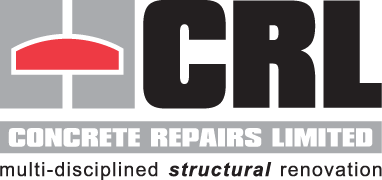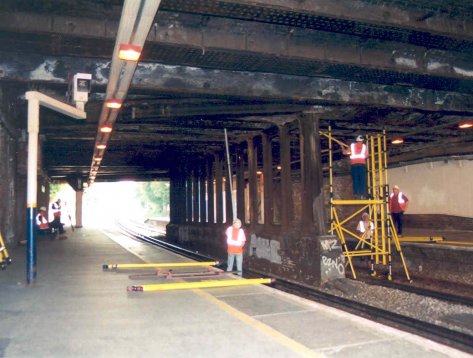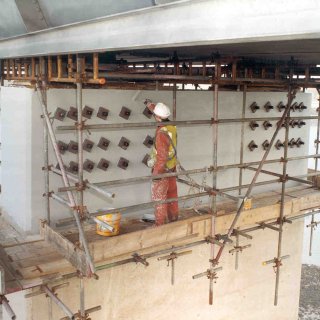CRL pioneer the use of UHM CFRP plates for strengthening cast iron & steel beams
Streatham Station Bridge carries the A23 trunk road over a twin railway track next to Streatham Station in south London. The original construction in 1850 was a two span simply supported masonry jack-arch supported on cast iron beams with a clear span of 7.4m. The bridge was strengthened in the early 1900’s by replacing the central section with steel beams encased in concrete.
Transport for London (TFL) wanted to extend the two-lane traffic to accommodate bus lanes over the original ten cast iron beams on either side of the carriageway. Tony Gee & Partners (TGP) were commissioned by TFL to assess strengthening the ten beams using ultra high modulus (UHM) carbon fibre reinforced polymer (CFRP) composite plates bonded to the beams.
CRL have pioneered the use of UHM CFRP plates for strengthening cast iron and steel beams successfully completing the first ever bridge using this technique in 1999 at Bid Road Bridge in Kent. The company was engaged by TFL to work with TGP to develop the strengthening scheme. By using CFRP plates, it eliminated the need to excavate the footway above the beams, the original bridge structure was not altered and the reduction in headroom was minimal.
The final design was to strengthen the ten cast iron beams using Sika-DML UHM laminates bonded to the soffits of the beams. Strengthening cast iron requires optimal environmental conditions to be successful so CRL installed the system over two consecutive summers. The work was undertaken during engineering hours with full rail closures.
The beams were prepared by vacuum blasting and the application of a Sika primer paint. The CFRP plates were bonded to the cast iron beams using Sikadur 31 adhesive applied to the beams and plates. CRL designed a special temporary clamp system to hold the plates in position whilst the adhesive cured. These were removed one week after installation.
For a successful installation, quality control is essential so test samples of the mixed adhesive resin and shear lap test samples were made on site for testing by Oxford Brookes University. The environmental conditions on site were also constantly monitored and recorded including the humidity and steel surface temperatures. Finally, the installed plates were tap tested to ensure there were no voids in the adhesive bond.







































